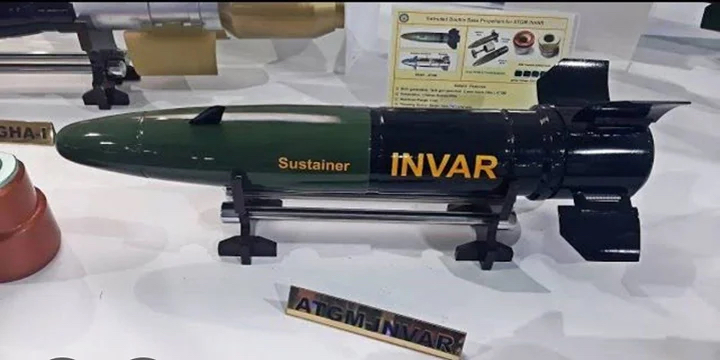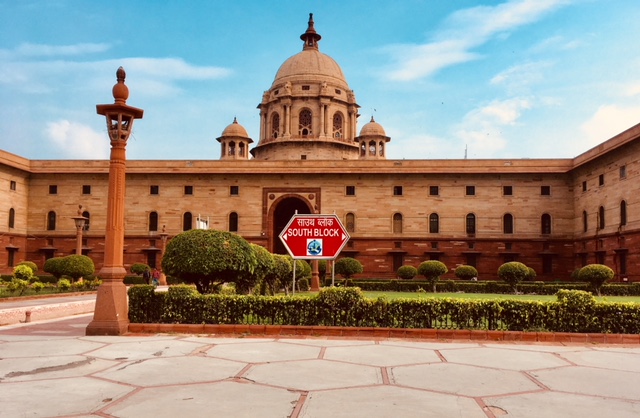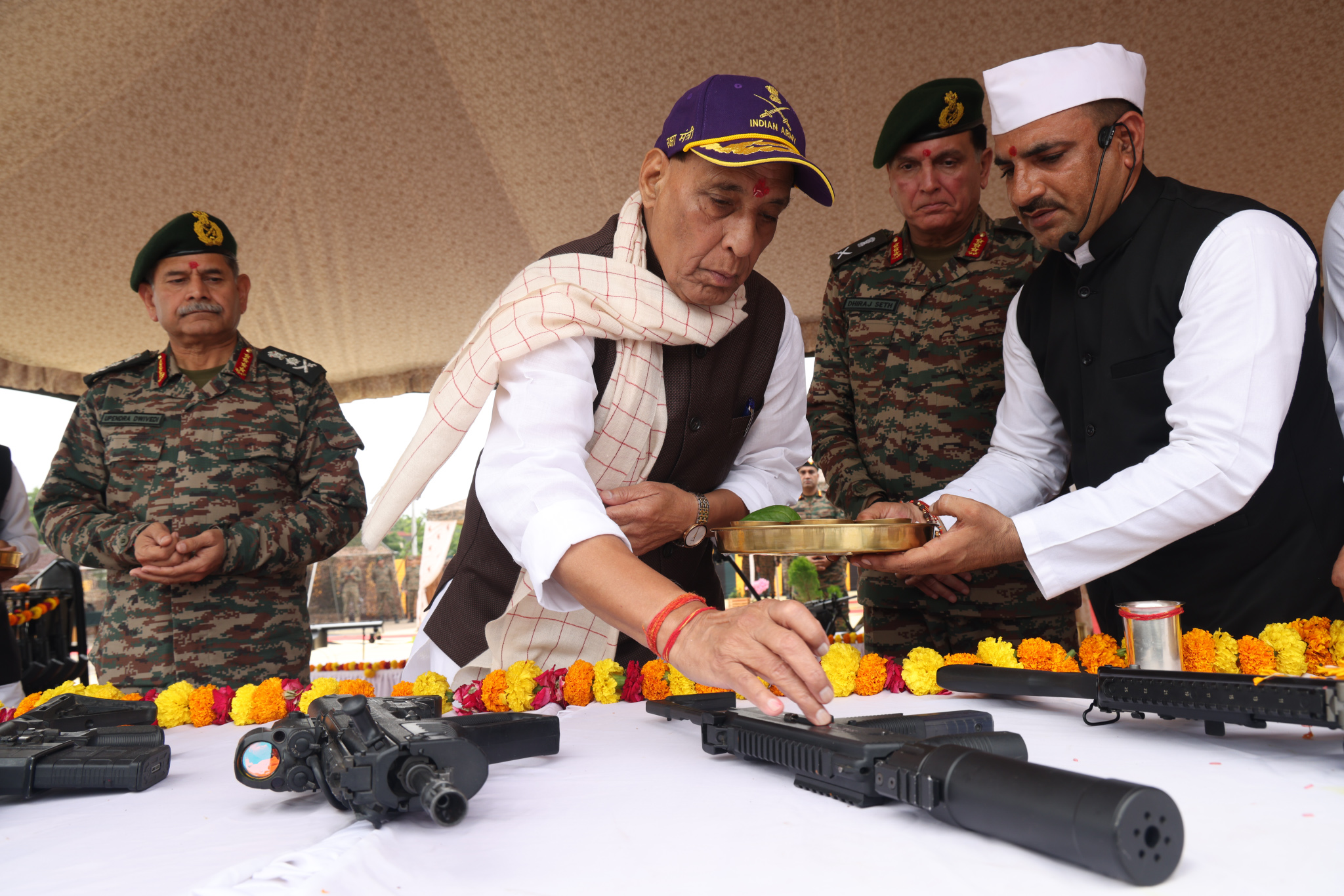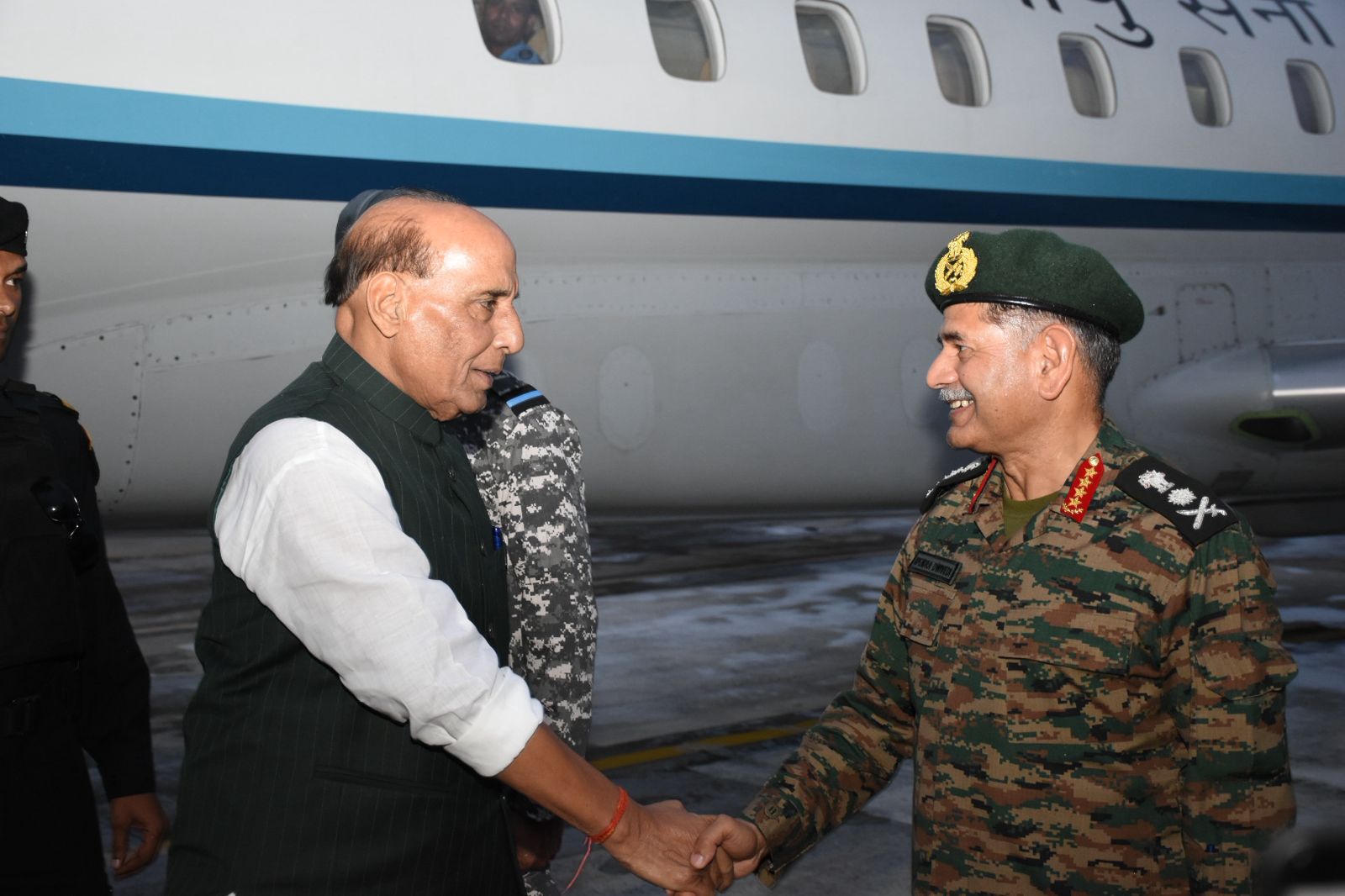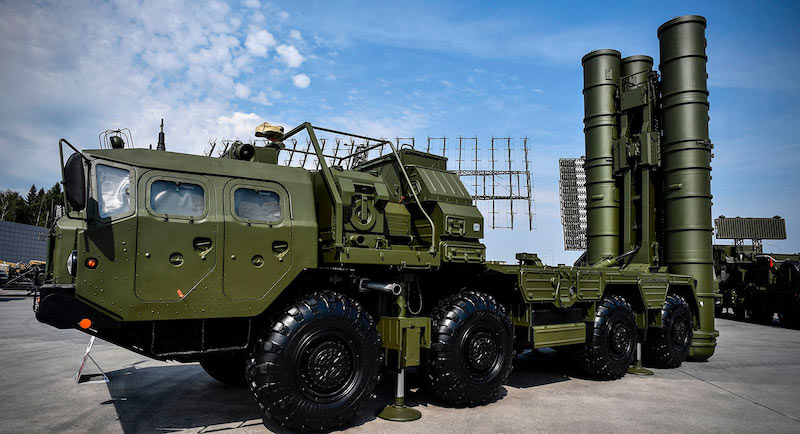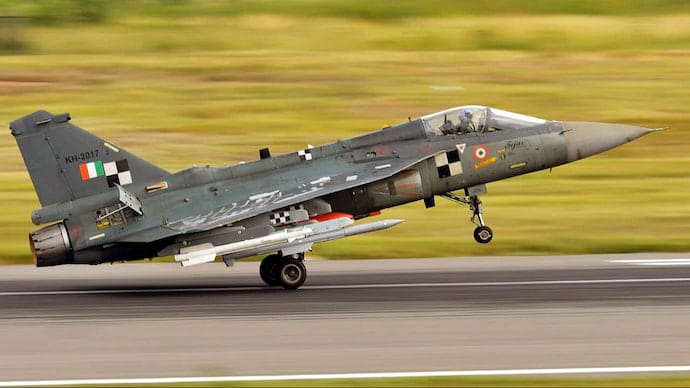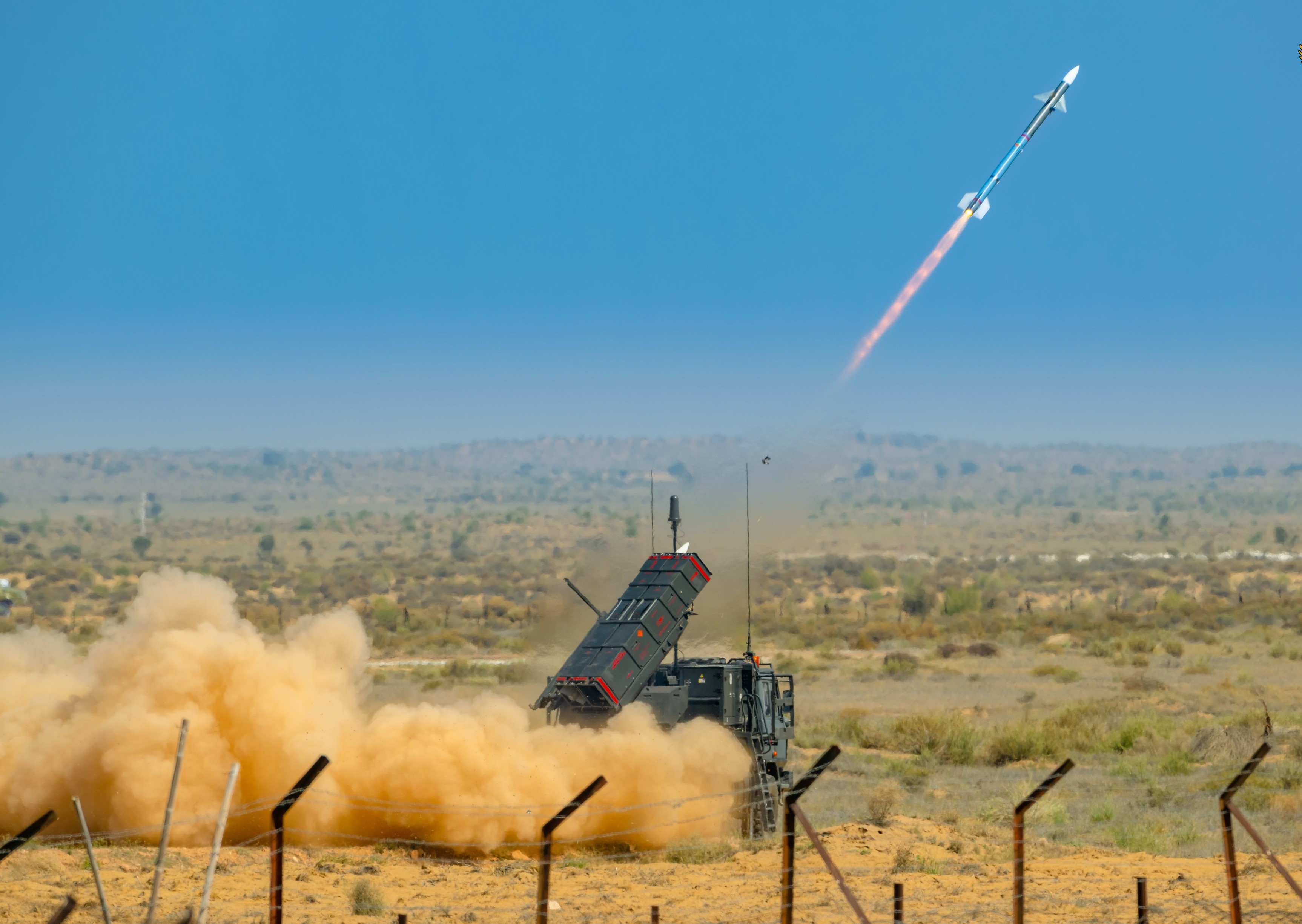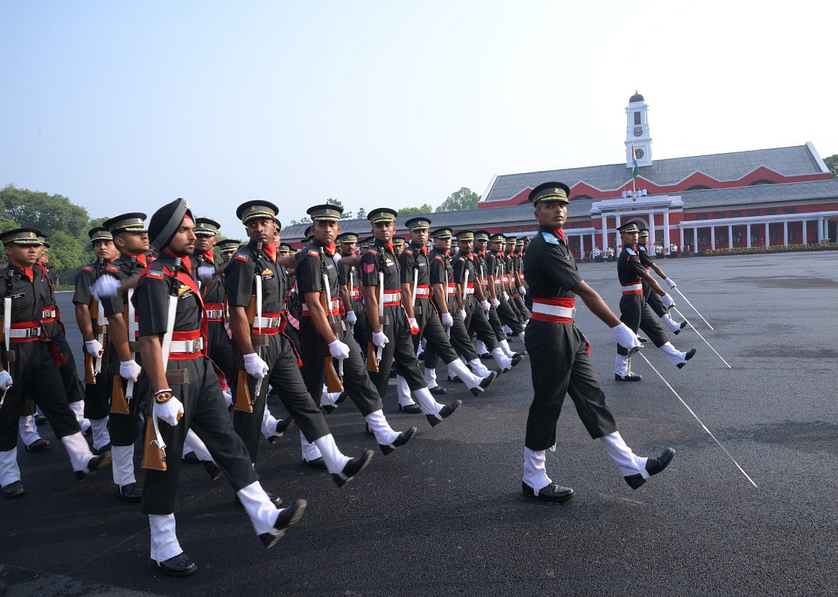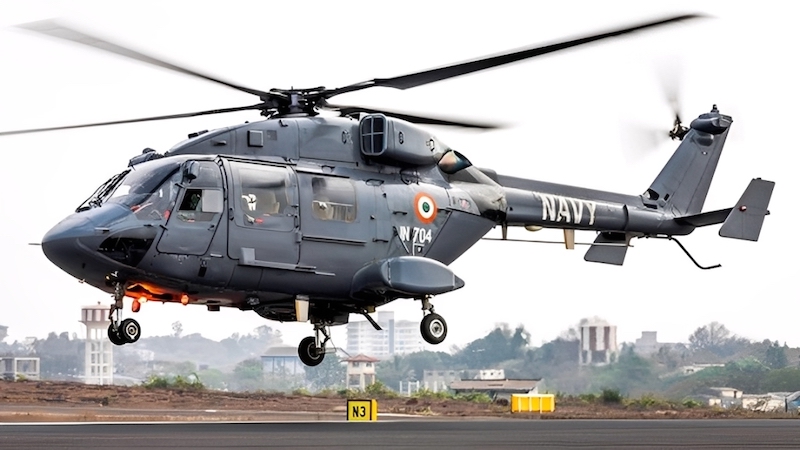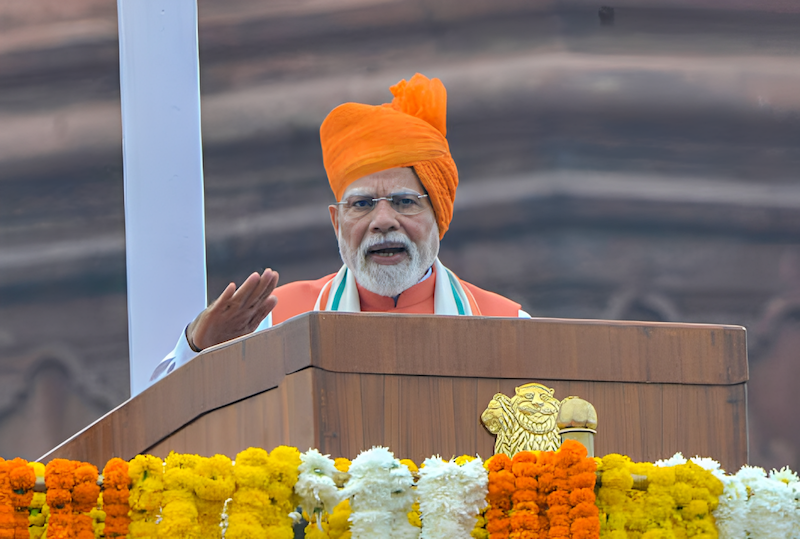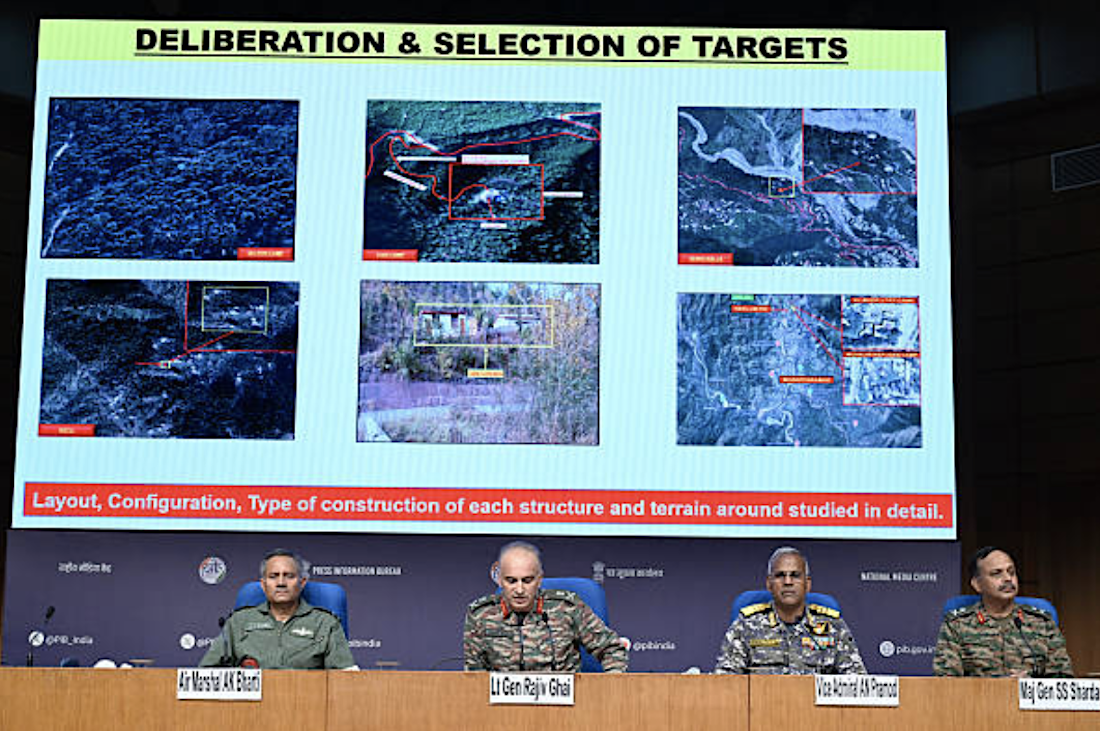 (From L to R) DGAO Air Marshal Awadesh Kumar Singh, DGMO Lieutenant General Rajiv Ghai, DGNO AN Pramod, and ADGSC Major General Sandeep S Sharda during the media briefing in New Delhi, on May 11, 2025.
(From L to R) DGAO Air Marshal Awadesh Kumar Singh, DGMO Lieutenant General Rajiv Ghai, DGNO AN Pramod, and ADGSC Major General Sandeep S Sharda during the media briefing in New Delhi, on May 11, 2025.
New Delhi: In a comprehensive joint media briefing held on Sunday evening, top Indian military officials revealed that more than 100 terrorists were killed in Pakistan and Pakistan-occupied Kashmir during Operation Sindoor, India’s multi-faceted military response to last month’s deadly terror attack in Pahalgam. The briefing, conducted by the director general of military operations (DGMO), Lieutenant General Rajiv Ghai; director general of naval operations (DGNO), Vice Admiral AN Pramod; and the director general of air operations (DGAO), Air Marshal Awadhesh Kumar Bharti, provided details about India’s strikes against terrorist infrastructure in Pakistan and Pakistan-occupied Kashmir (PoK) and subsequent military actions.
Over 100 Terrorists Eliminated
Lt Gen Ghai revealed that the operation, which began in the intervening night of May 6 and 7, targeted nine terrorist sites after meticulous planning and intelligence gathering. “Nine terror targets were identified after careful deliberation under Operation Sindoor. More than 100 terrorists were killed in the early May 7 operation,” the DGMO stated during the briefing.
The DGMO emphasized that the strikes were conducted with precision, focusing exclusively on terrorist infrastructure while deliberately avoiding Pakistani military installations. “Our actions have been focused, measured and non-escalatory in nature. No Pakistani military facilities have been targeted. India has demonstrated considerable restraint in selection of targets and method of execution,” he added, echoing the official Indian government statement released earlier.
Among the significant achievements of Operation Sindoor was the elimination of several high-value terrorist leaders with long histories of orchestrating attacks against India. AM Bharti confirmed that the precision strikes had killed notorious terrorists including Yusuf Azhar, Abdul Malik Rauf, and Mudasir Ahmed – individuals linked to the 1999 IC-814 hijacking (commonly known as the Kandahar hijack) and the 2019 Pulwama attack that had claimed the lives of 40 CRPF personnel.
“Our aim was not to inflict casualties, but in case there have been, it is for them to count. Our job is to hit the target, not to count the body bags,” Air Marshal Bharti remarked when questioned about potential Pakistani military casualties.
Naval Deployment and Strategic Posture
A particularly striking revelation came from VAdm AN Pramod, who disclosed the extensive naval operations component of the mission. The DGNO confirmed that the Indian Navy had deployed substantial assets in the northern Arabian Sea immediately following the April 22 terror attack in Pahalgam.
“Indian Navy forces remain deployed in the northern Arabian Sea in a deterrent posture with a full capacity to strike select targets at sea and land, including Karachi at a time of our choosing,” VAdm Pramod stated. This deployment constituted a carrier battle group along with surface forces, submarines and aviation assets, positioning India to deliver what he described as a “massive blow” if Pakistan escalated the situation further.
The naval deployment had a significant psychological impact, according to the DGNO. “The forward deployment of our Navy compelled the Pakistan Navy and air units to be in a defensive posture, mostly in harbour or near the coast. The Indian Navy has maintained maritime awareness and was aware throughout of the location and movement of Pakistani units,” he explained.
Aerial Operations
AM Bharti provided insights into the Indian Air Force component of Operation Sindoor while maintaining operational security around specific weapons systems and platforms utilized. “I never mentioned any of the weapons and calibre that we used – we leave it at that. Those are matters of operational details that I would not like to get into,” he stated when pressed about reports that BrahMos supersonic cruise missiles had been employed in the operation.
The DGAO confirmed that the Air Force had “successfully executed its assigned tasks in Operation Sindoor, with precision and professionalism,” adding that “operations were conducted in a deliberate and discreet manner, aligned with ‘national objectives’.”
The air operations phase became particularly complex after the initial strikes, as Pakistan reportedly retaliated with its own air force and drone deployments. Reports indicated that India had successfully neutralized multiple Pakistani drones near Army installations in Jammu & Kashmir, with explosions heard across several regions, including Srinagar and Baramulla, even after initial ceasefire discussions had begun.
Cessation of Hostilities
Lt Gen Ghai provided a detailed account of how the true between the two nuclear-armed nations was established. “On May 10, in the morning, even as we were getting into a huddle to wargame the events of the previous night, I received a message on hotline from my counterpart in Pakistan, seeking my willingness to communicate,” the DGMO revealed.
Given that India’s primary objective of striking terror camps had been accomplished, and subsequent military actions were responses to Pakistani provocations, the Indian leadership decided to engage in talks. “My communication with the Pakistan DGMO was conducted at 1535 hours yesterday and resulted in cessation of cross-border firing and air intrusions by either side with effect from 1700 hours on May 10,” Lt Gen Ghai explained.
However, the ceasefire appeared tenuous in its early hours. The Air Force confirmed on Sunday that “Operation Sindoor is still in progress,” urging the public to “refrain from speculation and dissemination of unverified information.” This statement came amid reports of ceasefire violations, with Pakistan allegedly conducting heavy shelling along the international border (IB) in the Rajouri sector and the line of control (LoC) and LoC in Srinagar district shortly after the agreement was reached.
The Trigger: Pahalgam Terror Attack
The military officials contextualized Operation Sindoor as a necessary response to the heinous terror attack in Pahalgam on April 22, which claimed 28 lives, including 27 Indian nationals. Most victims were Hindu tourists visiting the popular destination in Jammu & Kashmir. Among those killed were an Indian Navy officer, Lieutenant Vinay Narwal, an Indian Air Force airman, Corporal Tage Hailyang, and a local Kashmiri pony-ride operator, Syed Adil Hussain, who was killed when he tried to snatch a gun from a terrorist to save a tourist.
Indian intelligence had identified three suspects in the attack, with evidence indicating two were Pakistani nationals. While Pakistan has denied any involvement, Indian officials presented what they described as irrefutable evidence linking the attackers to terrorist organizations operating from Pakistani soil, including Jaish-e-Mohammed and Lashkar-e-Taiba.
The briefing revealed that following the Pahalgam attack, intelligence agencies had received credible information about plans for additional strikes against Indian targets, necessitating a pre-emptive response to dismantle the terrorist infrastructure.
Pakistani Claims and Counternarrative
The Indian military officials addressed Pakistan’s competing narrative regarding Operation Sindoor. Pakistani authorities had claimed that six sites within their territory were struck, none of which were terrorist facilities. A Pakistani military spokesperson alleged that at least 26 civilians had died and 46 were injured in the Indian strikes, with mosques among the structures hit.
Pakistan has also claimed to have downed five Indian fighter jets during the conflict, an assertion that AM Bharti avoided answering directly during Sunday’s briefing. When questioned about aircraft losses, he stated that “losses are a part of combat” and “all pilots are back” after successfully completing their missions.
The DGAO characterized Pakistan’s claims as “attempts to save face” after failing to protect terrorist infrastructure that had long operated with state support. “Their narrative is designed to distract from the fundamental issue-that terrorist organizations continue to find safe haven within their borders,” AM Bharti stated.
International Reactions
The briefing touched upon international responses to Operation Sindoor, noting that major powers had called for restraint while acknowledging India’s right to self-defence against terrorism. The United States had reportedly played a major role in brokering the May 10 ceasefire, with the country’s president, Donald Trump, announcing the agreement shortly before it took effect.
Lt Gen Ghai emphasized that India had kept key international partners informed throughout the operation. “We maintained transparent communication with friendly nations, making it clear that our actions were targeted specifically at terrorist infrastructure and posed no threat to regional stability when viewed in proper context,” he stated.
The military officials highlighted that several nations had expressed understanding of India's position, particularly given the clear provocation of the Pahalgam attack and India’s restrained, proportional response focusing exclusively on terrorist targets.
Operational Sophistication
A consistent theme throughout the briefing was the increased sophistication and coordination demonstrated by India’s armed forces during Operation Sindoor. The Army’s Major General Sandeep S Sharda, additional director general strategic communications (ADGSC), who also participated in the briefing, noted that the operation showcased India’s enhanced capabilities for joint operations among the three service branches.
“The seamless integration of air, land, and naval assets represents a significant advancement in our operational doctrine,” Maj Gen Sharma explained. “This multi-domain approach maximized effectiveness while minimizing collateral damage.”
The officials emphasized that while India remains committed to peace and stability in the region, its armed forces maintain high readiness to respond decisively to any security threats. “The successful execution of Operation Sindoor should leave no doubt about India’s capability and resolve to protect its citizens and national interests,” Lt Gen Ghai concluded.
Ongoing Vigilance
Despite the ceasefire, the military officials described a situation of continued vigilance along the IB and LoC. India’s air-defence systems remain activated, particularly after multiple drone incursions were detected following the formal ceasefire implementation.
“Since the operations are still ongoing, a detailed briefing will be conducted in due course,” the Air Force stated on Sunday, suggesting that certain aspects of the mission remain active despite the broader cessation of hostilities.
The briefing concluded with the DGMO reiterating India’s commitment to peace but emphasizing that this commitment should not be mistaken for weakness. “India has demonstrated both the capability and the will to respond decisively to terrorist provocations, regardless of where they originate,” Lt Gen Ghai stated.
“Our message is clear – terrorism directed against India will carry severe consequences.”

